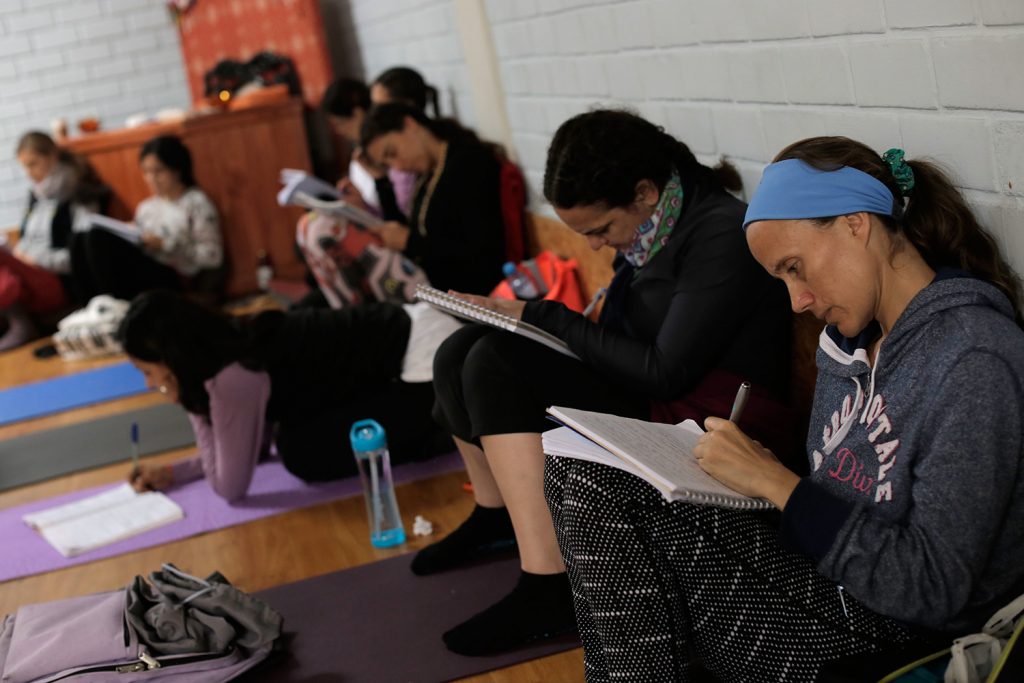Approaches to the True Goal of Yoga (part 4)
This synopsis of these six schools or Darshanas will easily clarify the true nature of authentic Yoga as being a system of spiritual pursuit. There is not universal agreement on there being only six schools.
Some scholars consider the teachings of Buddha to be a seventh School of Indian philosophy, rather than a separate system. This is due to Buddha’s methods coming from the same root. In addition, some others consider distinctions between the schools to be unreliable, believing the only valid and authentic Yoga comes directly from the Vedas.
Yoga is only one of these classical schools of Indian philosophy. To understand the true nature of Yoga as a path of spiritual realization it is necessary to have at least a small understanding of the six classical schools. When understanding Yoga in that context, it becomes easier to fully explore Yoga as an enlightenment practice.
This approach establishes it as so much more than a mere physical fitness program as it has recently come to be known. The sincere student (or seeker) can then discriminate between authentic teachings and modern adaptations.
Yoga and systems of Indian philosophy
Yoga contains and embraces other philosophies: It is important to note that the Yoga system has incorporated much of four of the five other systems of Indian philosophy (i.e., Nyaya, Vaisheshika, Mimamsa, and Sankhya). Therefore, it is not necessary to go into deeply into each of those as separate studies or practices. Additionally, the Vedanta, the remaining system, is a practical companion to the Yoga system.
Originally transmitted by purely oral means the precise dates of formalizing these six systems are not known. However, most estimates generally range from about 2,000-3,000 years ago. Others claim the roots of these systems began as far back as 5,000-10,000 years ago. During their development the students and practitioners were so focused on the timeless quality of these higher truths that they simply didn’t care to record dates.
The six schools
Yoga offers practical scientific methods for obtaining direct experience of knowing the Self. It systematically deals with all levels of one’s being while striving to experience the eternal center of consciousness. Yoga is best described in the Yoga Sutras and involves systematic witnessing of all inner states, so as to experientially go beyond all of them to the center of consciousness.
Sankhya philosophy offers a framework for all the levels of manifestation, from the subtlest to the grossest. Sankhya comes from samyag akhyate, which literally means “that which explains the whole.” Sankhya deals with prakriti, purusha, buddhi, ahamkara, the 3 gunas, manas, indriyas, and the five subtle and gross elements (earth, water, fire, air, and space).
Vedanta philosophy and practice provides contemplative methods of self-inquiry leading to the realization of one’s true nature, that which is not subject to death, decay, or decomposition. A major key of these practices is contemplation on the Mahavakyas. The Upanishads best captures the teachings of Vedanta. The text, Vivekachudamani (literally, Crest Jewel of Discrimination) by Adi Shankaracharya is an excellent source, and is available in English translation.
Vaisheshika system, developed by Prashastapada, emphasizes the physical sciences such as chemistry. It also includes exploring the elements: earth, water, fire, air, and space, as well as time, mind, and soul.
Nyaya system, founded by the ancient sage Aksapada Gautama, deals with logic or the process of reasoning. Nyaya is both philosophical and religious. Its ultimate concern is to bring an end to human suffering, which results from ignorance of reality. Nyaya considers doubt a prerequisite for philosophical inquiry.
Mimamsa system, founded by Jaimini, pursues freedom through action. Mimamsa is a Sanskrit word (literally, “reflection” or “critical investigation”) It has a detailed philosophy related to ritual, worship, and ethical conduct, which developed into the philosophy of karma.
Stay tuned, this series will continue – coming up next; “Approaches to the True Goal of Yoga (Part 5).”
